For a thousand years, the Hagia Sophia stood tall as the largest temple of Christendom humanity had ever known. Constructed during the reign of Roman emperor Justinian I., she is not only the most sublime building in Istanbul but simply one of the most extraordinary architectural masterpieces ever created. Thus, unrivalled for centuries, many rightfully consider her the 8th wonder of the world.
Throughout her existence humanity has seen the making of many a grandiose monument. Though, as civilizations collapsed, so too crumbled their magnificent marvels. Once splendid symbols of grandeur and might, most have long since vanished from the ever-changing surface of this planet. Now, what remains is little more than fading remarks in brittle scripts.
Yet, some have endured.
For a staggering one and a half millennia, the Hagia Sophia has silently watched as history slowly unfolded along the undulating shores of the Bosporus. As empires rose to greatness, she witnessed. As they dissolved, she stood stern. Not even the ascendency of a new god could end her reign. Seamlessly a church became a mosque, much later a museum.
Though, not just since her recent reconversion to the Muslim faith, the Hagia Sophia has been as much a place of politics as she is a house of worship. Therefore, to truly grasp her cultural gravitas and the reason behind her unlikely creation, we must travel back to a time when racing quadrigas raised dust for the entertainment of the masses and the Byzantine public openly challenged the legitimacy of the sovereign.
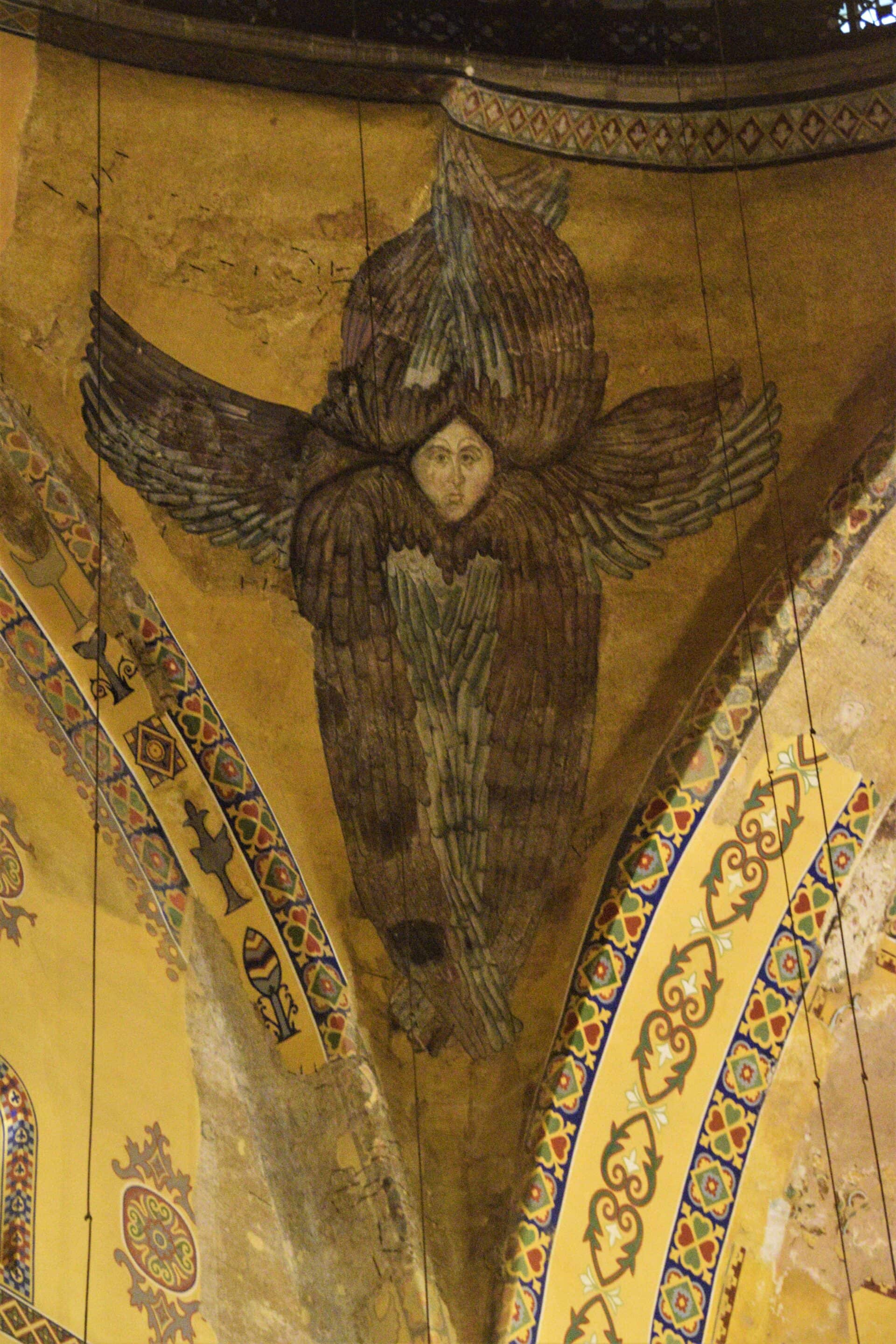
Dress code | Women are required to cover up (head, legs, shoulders). Scarfs and skirts are available at the entrance. Men are meant to cover up as well, however, the attendants don’t really seem to care (double standards much). Consider doing it regardless out of respect.
When to go | It gets incredibly crowded during the day, so much so that entry is temporarly suspended at times. Therefore, I highly suggest you visit late in the evening (9:00-11:00pm). Not only will you avoid the queues but be able to enjoy the evening prayer (and marvellous interior!) in peace.
Opening hours | 9:30-23:00 (every day)
Entrance fee | Free
From the ashes
On a frosty winter’s night, lambent flames danced across murky waters. Constantinople was burning.
Infuriated by the execution of two of their peers, the blue and green demes (comparable to modern-day football ultras but for chariot racing) were up in arms, united in their growing anger against the increasingly unpopular rule of emperor Justinian the Great. Surreptisiously supported by rogue senators sensing political upheavel, the furious mob besieged the royal palace and proclaimed a new monarch, Hypatius, nephew of former emperor Anastasius I..
After five confusing days, half the city lay in ashes.
However, by then, determined to incite division among the pillaging insurrectionists, Justinian had plotted a vicious scheme. Reminding the Blues of his endorsement of their faction, Hypatius’ affiliation with the rivalled Greens, and promising a tantalisingly generous gift, he was able to sway their allegiance. As they left the occupied stadium, the ruthless emperor unleashed his soldiers upon the blindsided Greens and leftover Blues. Soon, bathed in the last rays of a dying sun, the stained sand of the arena had been sullied with the blood of thousands.
Through horrifying brutality, Justinian had successfully quenched the short-lived uprising and reinforced his rightful claim to the throne. Yet, all too aware of the lingering resentment still smouldering in the ashes of his burnt city, he had to irrevocably demonstrate his god-given entitlement to the crown.
And thus, Justinian commanded the erection of a temple of truly divine proportions, a dream so audacious and ludicrous that his architects had to literally reinvent the art of construction. Envisioned to stand as an inimitable testament to the glory of God, as well as an immovable foundation of his earthly reign, Justinian is said to have burst into tears when her grand gates finally opened five years later.
Since that august day, the timeless halls of Hagia Sophia have continued to capture the minds of millions.

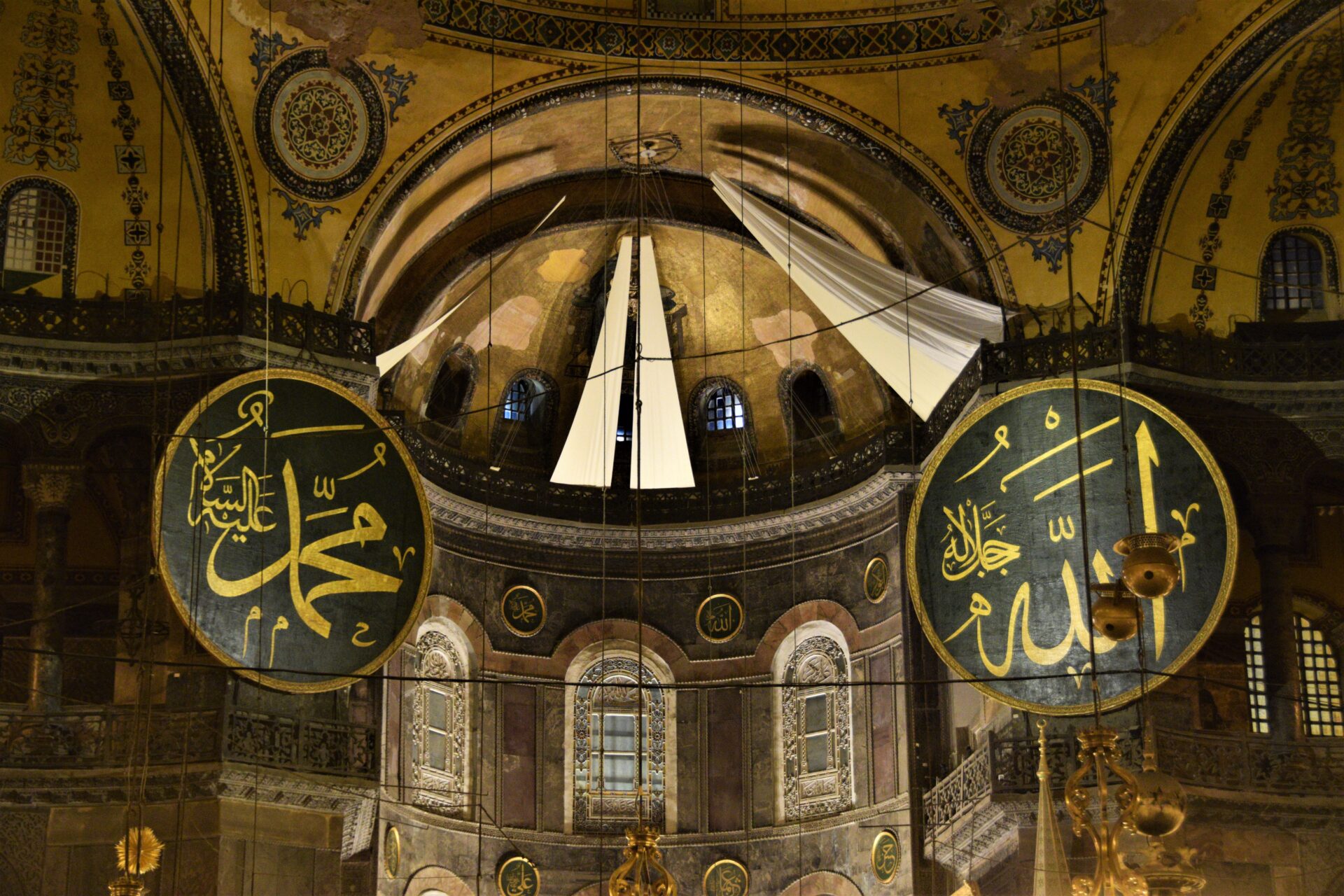
A kingdom of God
Though monumental in every aspect, Hagia Sophia’s exterior walls appear strangly austere, almost unfinished. Little alludes to, indeed, little will prepare you, for the splendor stored behind these bare bricks and crumbly mortar.
However, beyond the threshold of the Imperial Gate awaits a different world.
A true kingdom of God.
Aflame with the radiant glow of 7.000 candles enthroned on massive bronze chandeliers, the overwhelming extent of her lofty vaults will leave you startled, the size of her rising columns stretching towards distant galleries in awe, the eternal beauty of her weathered murals enthralled. And then, as your gaze soars, the heavens, held aloft by the ethereal power of four angels, will open their divine gates, and light will pierce the darkness and shine upon the faithful.
It is a spectacular sight, forever unmachted.
Yet, not unchangeable. The Islamic transformation is ubiquitos but soothing. An effortless augmentation to Hagia Sophia’s exceptional aura, beautiful and mesmerising in its own way.
Still, besides her perpetual grandeur, it is more subtle peculiarities that set the Hagia Sophia apart. A solitary handprint, perpetuated in stone where no man can reach. The oversized portal of a heathen temple simply welted into the ground, now eternaly open. Jumping dolphins and sharp tridents, intriguing signs of lingering pagan beliefs when Christendom was yet to fully conquer the Roman mind.
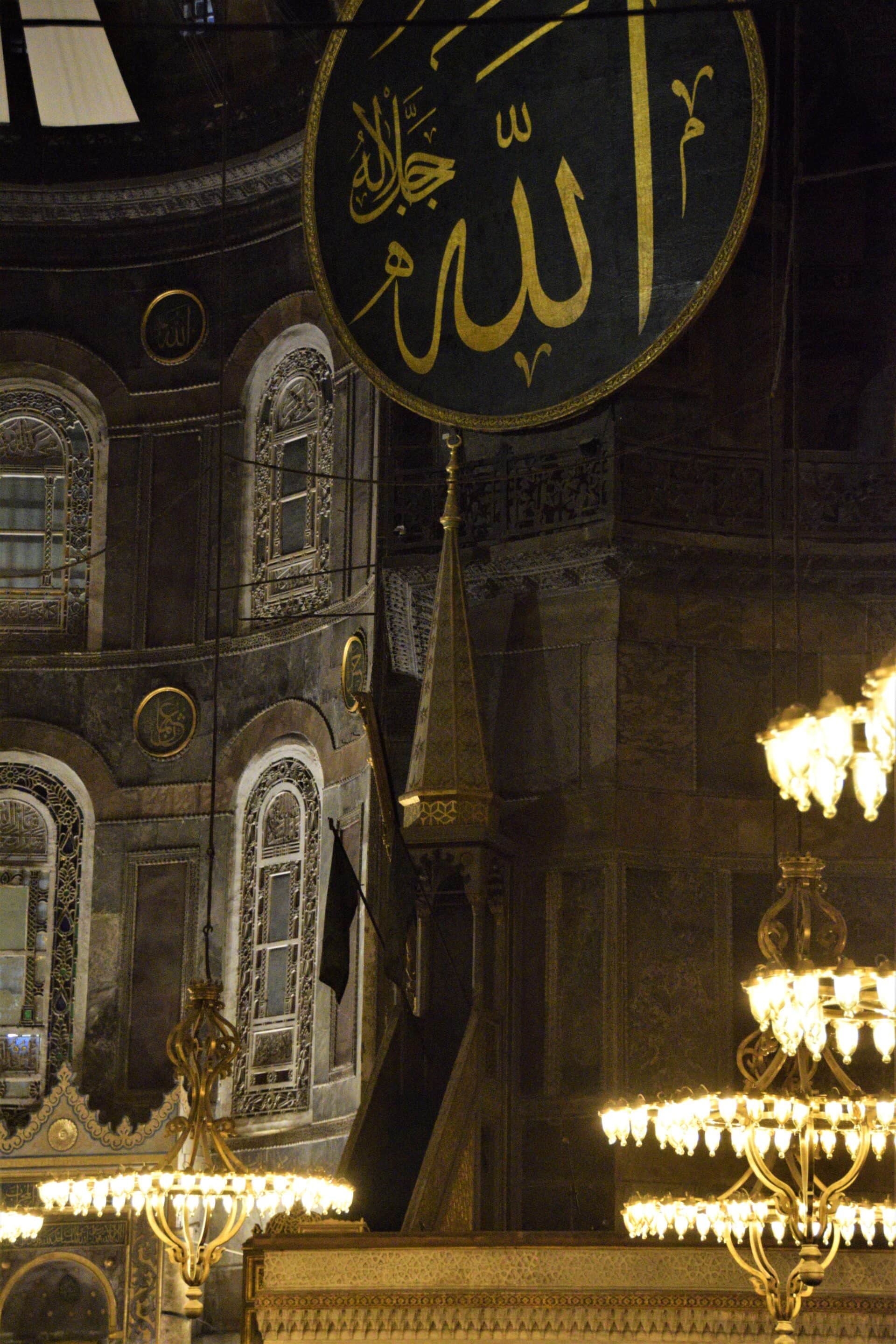
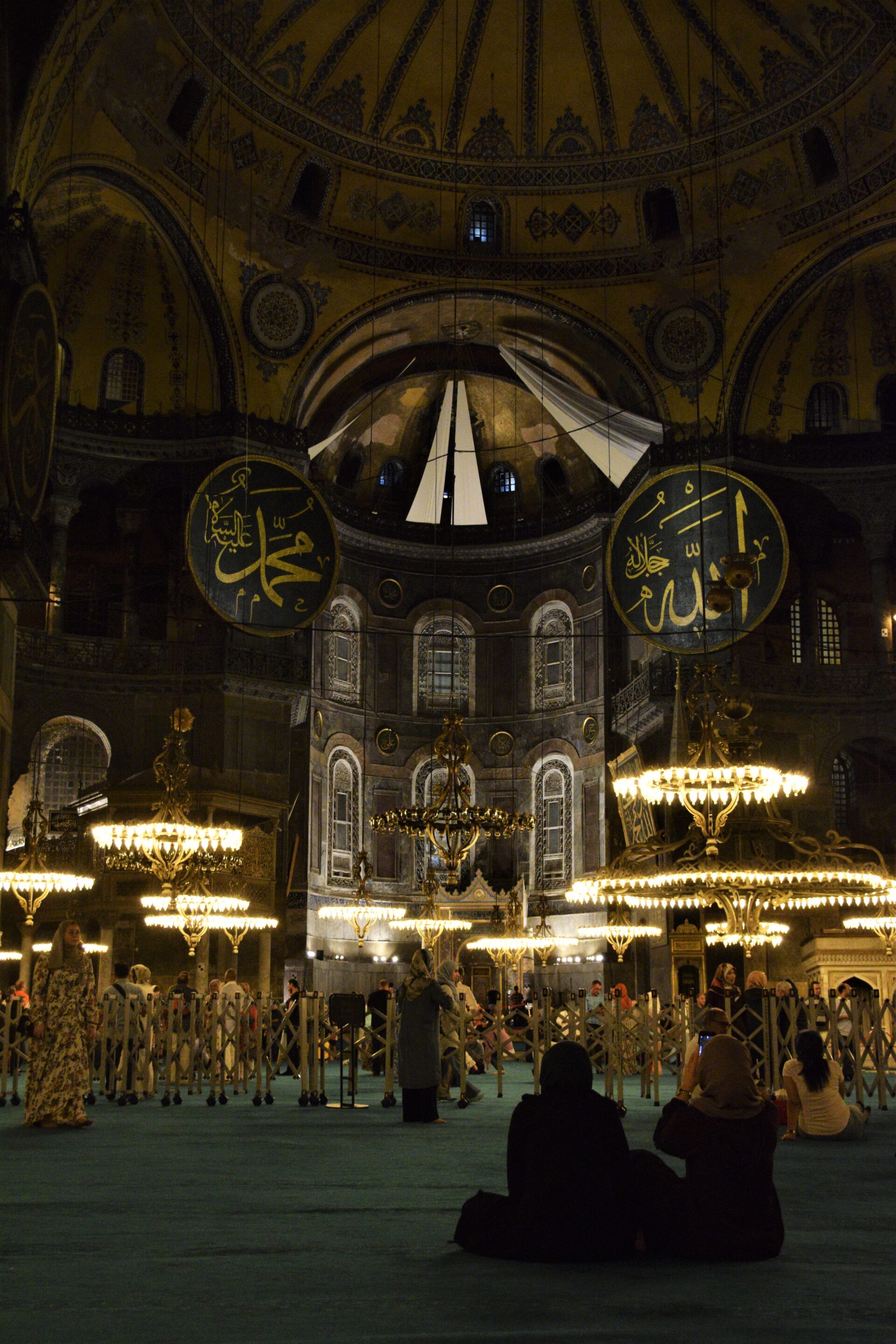
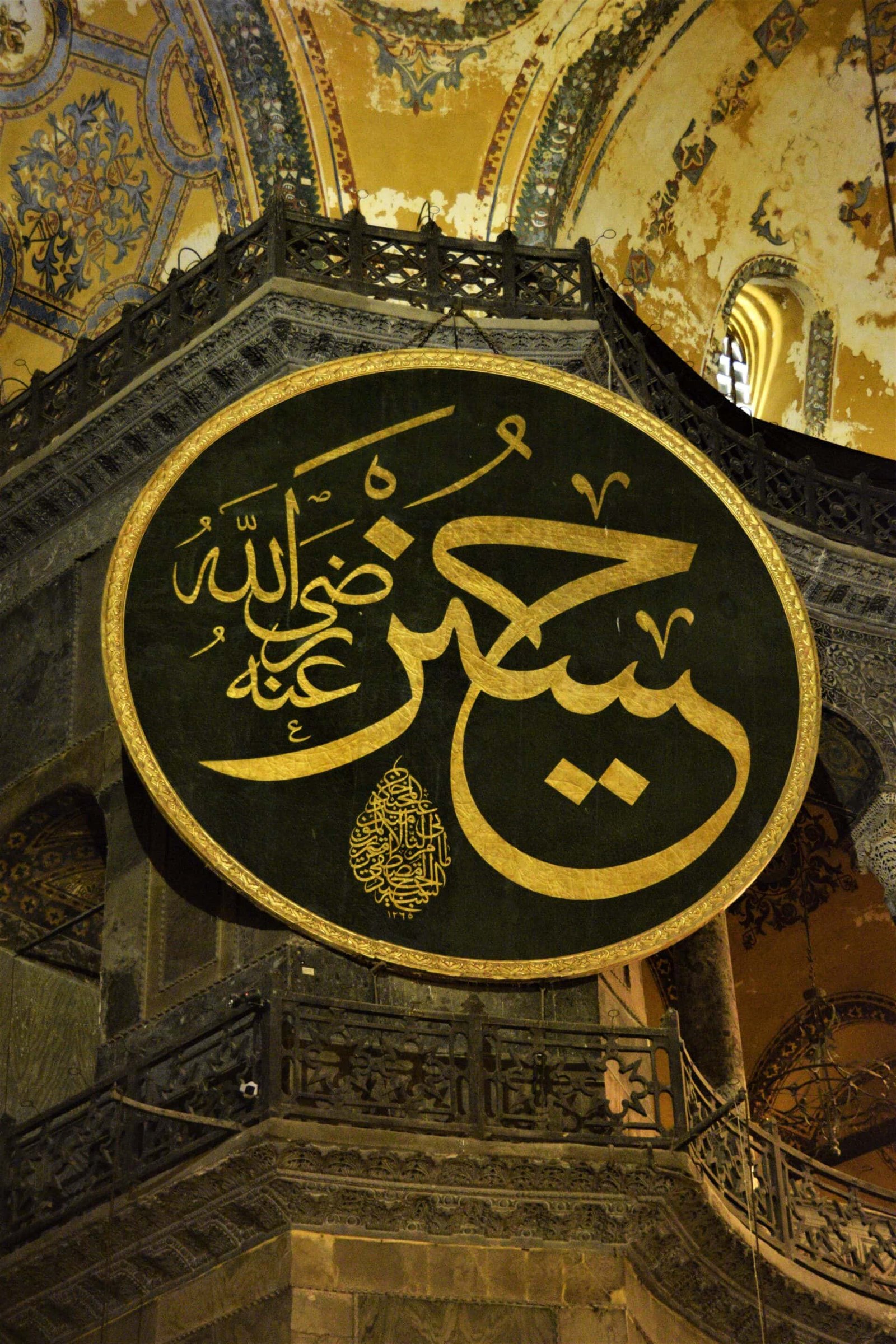
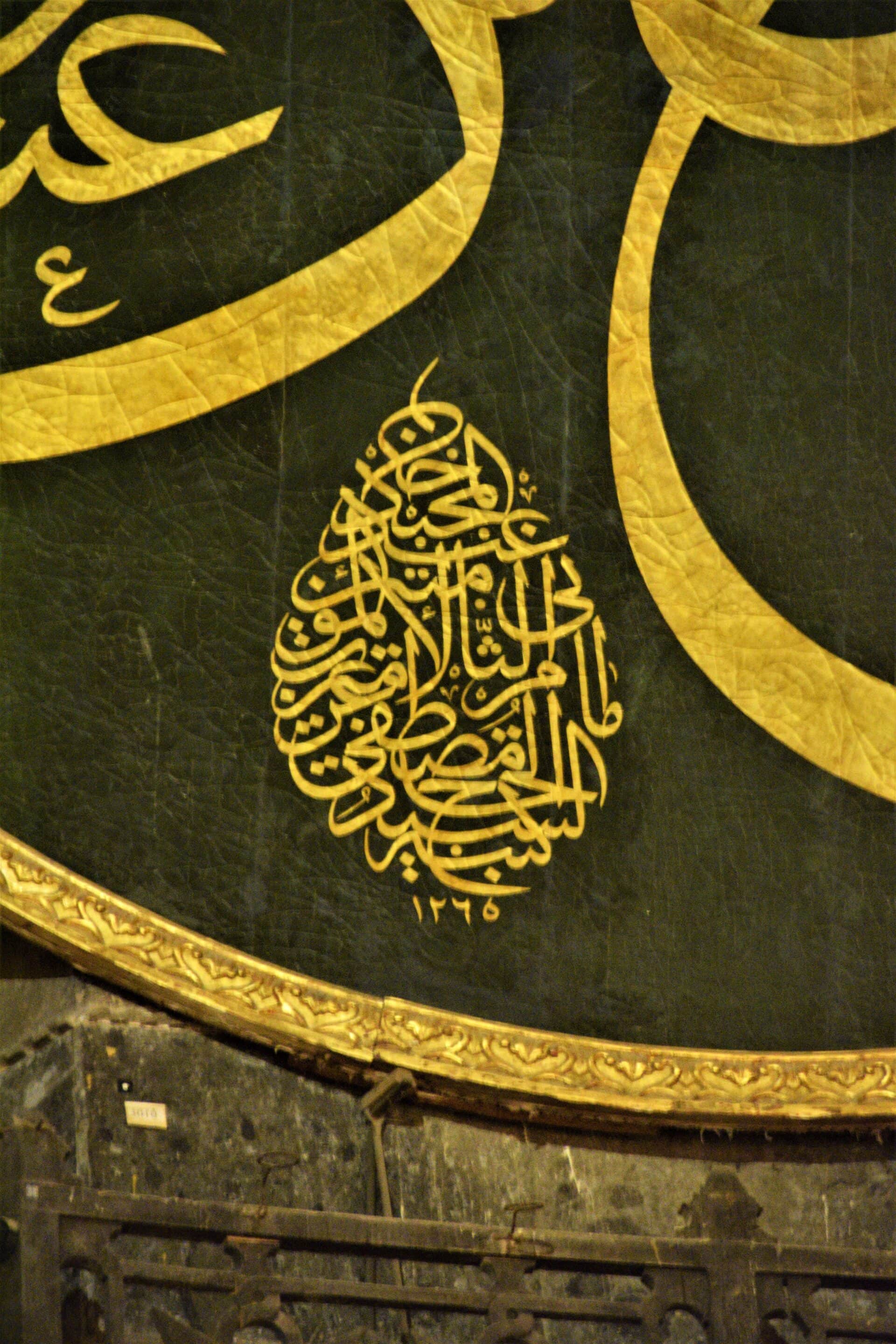
Salomon I have surpassed thee
Equally, her character has not just been constructed by her architectural exceptionalism but lives and evolves through the countless stories floating through her ancient halls.
When, upon her completion, Justinian the Great entered the inner sanctum tears started to flow from his eyes and, overcome by pure elation, he is said to have cried out: “Salomon, I have surpassed thee!” (a reference to the temple in Jerusalem). Once the dome collapsed, contemporaries, convinced of divine punishment, were quick to blame the emperor’s presumptuous remarks 15 years prior (in reality the construction was deficient from the start).
In another case, a destitute peasant unearthed three suspicious, giant marble jars that had laid dormant for centuries. As he peaked inside, his face shone bright with golden shimmer. Rushing to inform the sultan of his unusual find, he was graciously gifted one, while the others were swiftly brought to the Hagia Sophia, to be used for ritual ablution (left side of the main hall).
And then there is a tale of blatant 21st century vandalism, in which a few unscrupulous visitors broke a piece off the Imperial Gate, believed to have been crafted from Noah’s ark (allegedly they even ate the wood!). Although, the damage has since been mended, this unbelievable episode perfectly demonstrates the inimitable allure the Hagia Sophia exudes to this day.
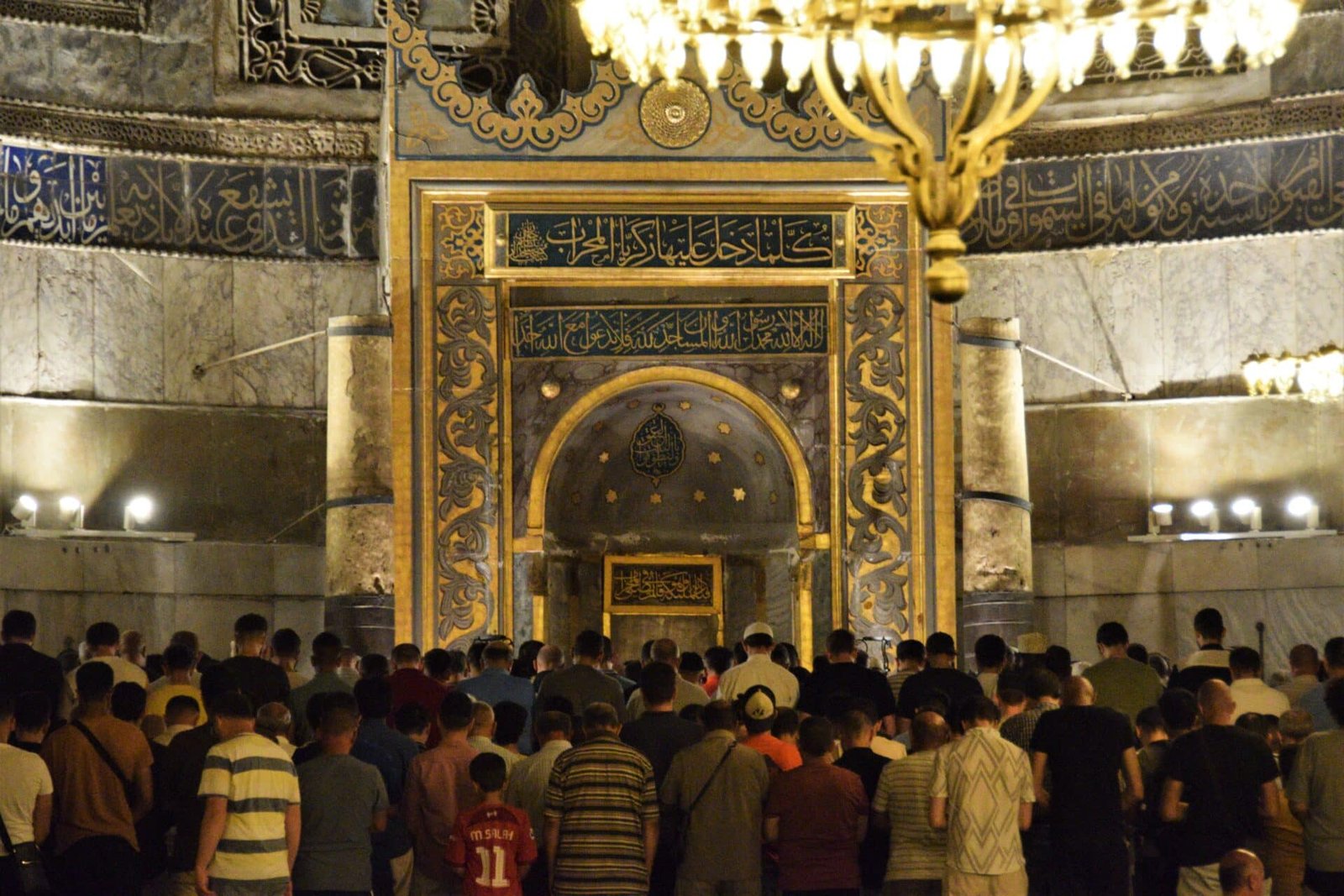
The 8th wonder
For almost one and a half millennia, the Hagia Sophia has now dominated Istanbul’s skyline.
Surviving natural disaster, political turmoil, destructive conquest, and the disintegration of two of history’s most prestigious empires, she is a rare constant, a perfect reflection and witness of the city’s tumultuous past. Both Byzantine emperors and Ottoman sultans sought recognition, refuge, and guidance within the majestic confines of her illustrious walls, reinforcing her status not only as a house of God but a crucial place for worldly affairs.
In a world that loses itself in superlatives, she might be one of the few to deserve them. Monumental throughout, her construction alone was an unthinkable feat. The result unrivalled.
Though eventually surpassed in magnitude, she remains unparalleled, truly the 8th wonder of the world.
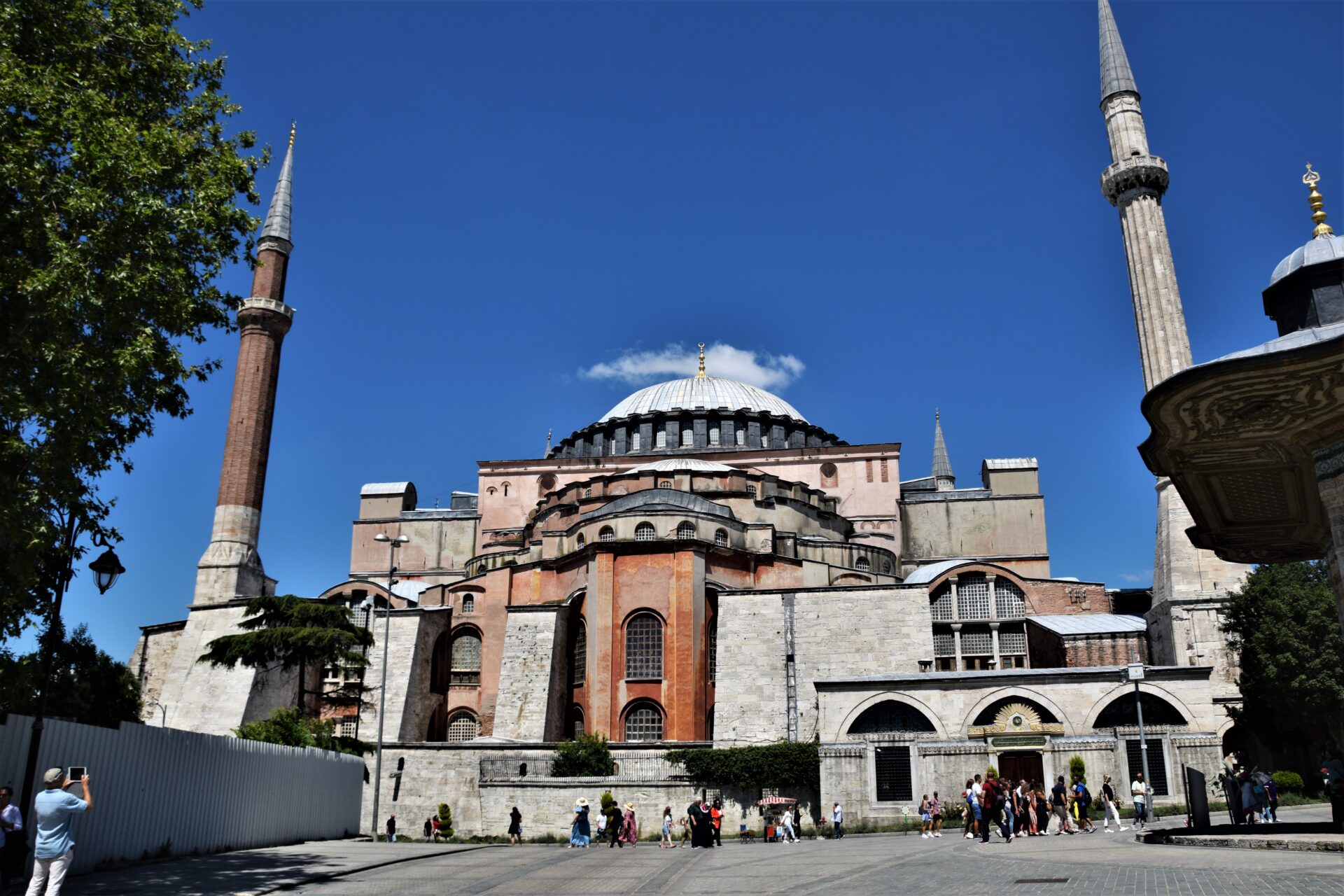
WHERE TO NEXT?
For more content consider following me on Instagram.
On the search for further remnants of the Roman and Byzantine era? Check out these articles:
MONEMVASIA | GREECE’S MOST STUNNING TOWN
